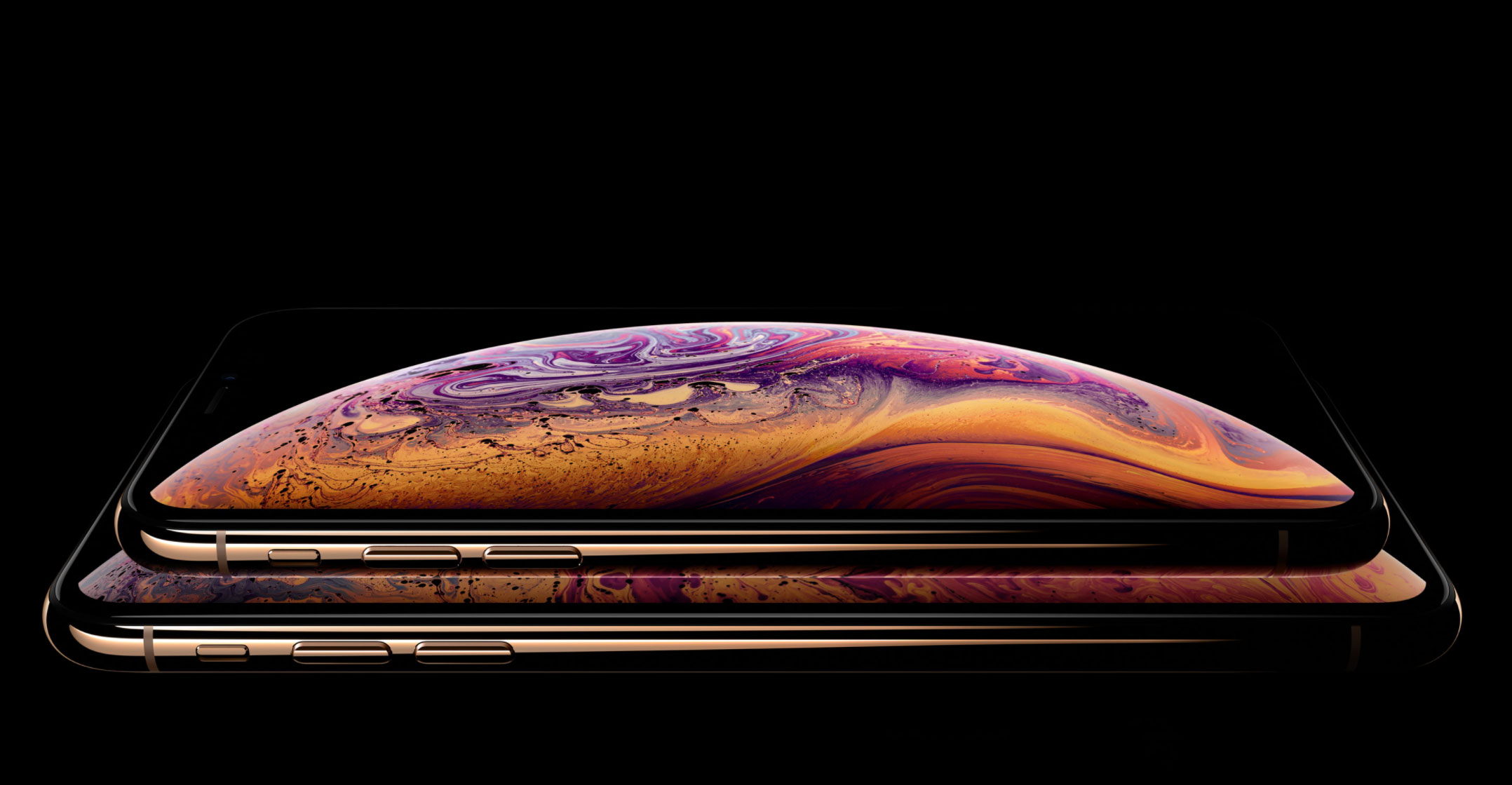 Apple’s falloff in demand for iPhones in China shows the company’s flagship product is hurt by its high price and the rise of cheaper, more comparable rival devices in the world’s biggest market.
Apple’s falloff in demand for iPhones in China shows the company’s flagship product is hurt by its high price and the rise of cheaper, more comparable rival devices in the world’s biggest market.
The company cited struggling iPhone sales in China when it cut its quarterly revenue forecast on Wednesday for the first time in almost two decades. CEO Tim Cook said a number of factors contributed to the revised outlook for the holiday period, including the strength of the dollar, fewer subsidies from phone service providers and existing customers sticking with older models via cheaper battery replacements. He didn’t mention that Apple had priced its new models at stratospheric levels.
The iPhone Xs Max, the current top of the iPhone range, starts at 9 599 yuan (US$1 400) in China. Flagship phones from Huawei and Oppo cost from 4 000 to 5 000 yuan, around half that of an iPhone. Some of Vivo’s entry-level smartphones cost a quarter of the price. Even Apple’s iPhone XR, which was supposed to be a lower-cost alternative to the high-end iPhones, costs about 1 000 yuan more than a competing device.
The average monthly white-collar salary in China was 7 850 yuan in the third quarter of 2018, meaning that most new iPhones cost more than a month of work, according to a research report from Zhaopin Limited, a Chinese recruiting and job placement company.
The iPhone is Apple’s most important product, bringing in two-thirds of the company’s revenue and contributing more to the bottom line via attached devices like the Apple Watch and AirPods, and services like Apple Music and the App Store. China is also one of Apple’s most important markets, once referred to as a “hypermarket” by Cook.
Apple shares fell 10% in New York on Thursday, the biggest drop in almost six years, after the warning. Suppliers in Asia, including Japan Display and Minebea Mitsumi, tumbled in Friday trading.
Fled to competitors
Beyond pricing, some consumers in China have fled to competitors like Huawei’s phones for their combination of unique back covers and camera systems, and upstarts like OnePlus because of its speed. In announcing the new forecast, Cook said the Chinese smartphone market is contracting and noted that foot traffic to Apple retail stores has been down in recent months.
“Apple’s iPhones are facing a saturated premium smartphone market, with slowing growth rates and increased competition in China,” Anshul Gupta, a research director at Gartner, said last month when the firm released its latest smartphone sales tallies.
Apple has recognised its pricing in China may be too high, expanding a recent iPhone trade-in promotion from the US to the region at the end of December. On its website in China, Apple now advertises the iPhone XR for 4 399 yuan with the trade-in of an iPhone 7 Plus.
“It’s two-third what’s happening in China and one-third Apple’s pricing,” said Gene Munster, managing partner at Loup Ventures, noting the weighted average iPhone price had jumped 23% with the release of the new models. “I don’t think it’s an innovation issue. It’s a pricing issue.” — Reported by Ian King and Mark Gurman, with assistance from Selina Wang, (c) 2018 Bloomberg LP

